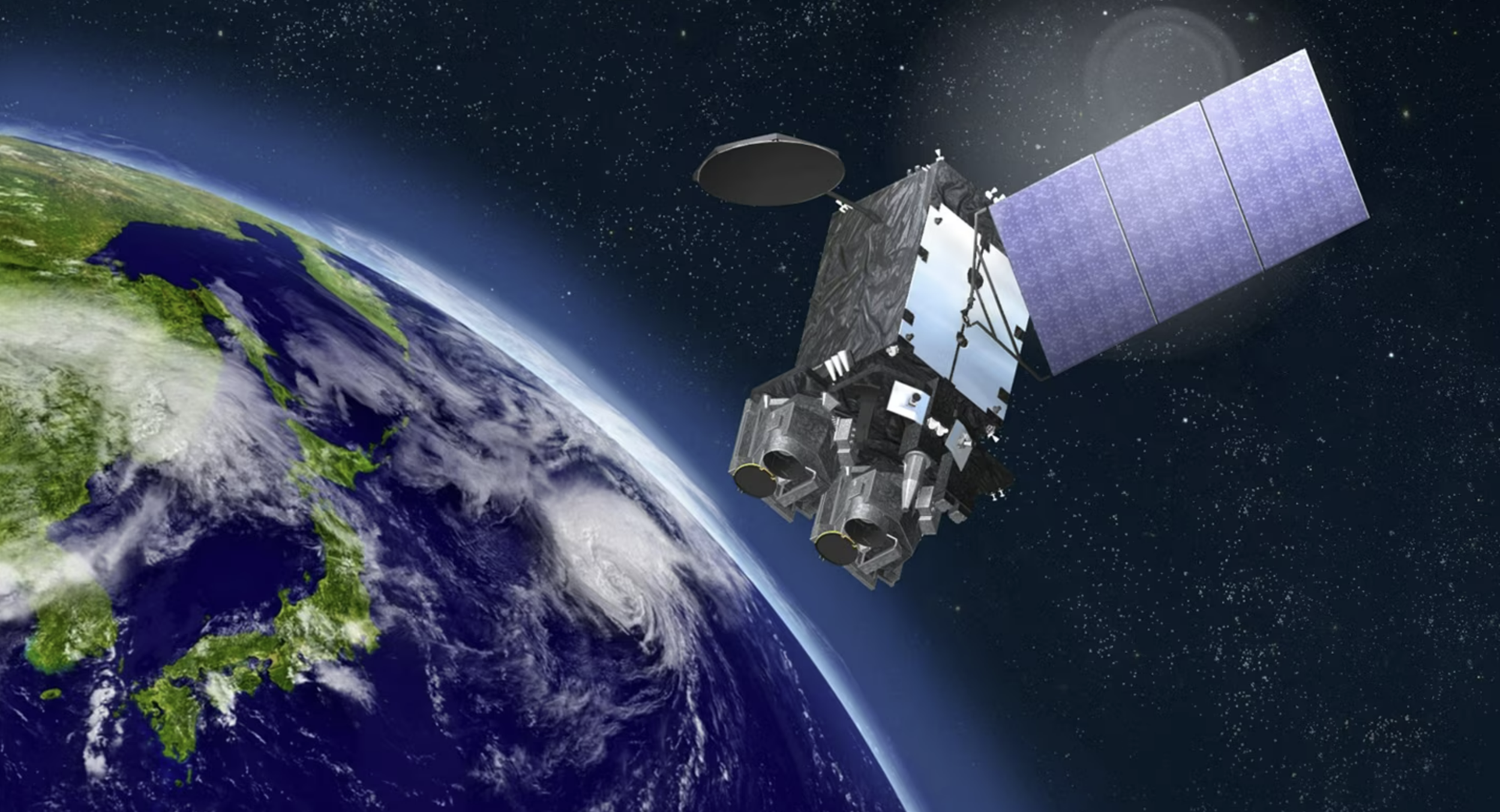Mitsubishi Electric Wins New Japanese Meteorological Satellite Contract
Mitsubishi Electric Corporation (TOKYO: 6503) announced recently that it won the contract from the Japan Meteorological Agency (JMA) to build the nation's newest geostationary meteorological satellite, known as the Himawari-10, which will be the fourth straight such satellite to be built by Mitsubishi Electric going back to the Himawari-7 some 20 years ago.
The Himawari-10 is a successor to the Himawari-8 and Himawari-9, which are currently operating in geostationary orbit. The JMA called for proposals for the procurement of the spacecraft, based on Japan’s Space Policy, to satellite manufactures of both Japan and overseas. Mitsubishi Electric was awarded the contract based on its extensive experience with satellites and the JMA's high evaluation of the company's proven DS2000 standard satellite platform and ground-data processing software.
Himawari-10 Features
1) Advanced equipment for expanded observation capabilities
- Himawari-10 will be equipped with a visible infrared imager and a hyperspectral infrared sounder, both built by L3 Harris Technologies of the United States, and a space environment sensor from the National Institute of Information and Communications Technology of Japan (NICT).
- The imager, which offers observation wavelength bands and resolutions superior to those of the Himawari8 and 9, will gather two-dimensional information about cloud and water-vapor distribution, and land, sea and cloud temperatures based on frequent measurement of visible to infrared rays emitted from the earth’s surface.
- Himawari-10 will be the first Japanese satellite to use a hyperspectral infrared sounder to gather threedimensional information about water vapor and atmospheric temperature by measuring infrared rays with high-spectral resolution for improved forecasting of heavy and torrential rain as well as typhoon paths.
- The space environmental sensor will measure the intensity of proton and electron beams in the space, which often are the cause of spacecraft malfunctions, to enhance forecasting reliability.
2) High-precision attitude stabilization system and ground-data processing software
- The DS2000 with a highly durable and precise attitude stabilization system and the ground-data processing software for calibrating imager and sounder data maximize sensor performance.
3) High reliability for practical systems
- High reliability will be achieved by leveraging the company's long experience with the Himawari series and its modern production facility, launched in 2020, which offers a highly advanced productionmanagement system for easy access to information for extra-efficient production.
